In some ways, identifying plants that grow in your garden is harder than identifying plants out in the wild. Knowing what’s growing in your garden will help you care for it better. Whether you need help because you forgot to label your plants or you purchased a home with a living garden, you can use PlantSnap to help identify plants in your garden.
How Can I Identify the Plants in My Garden?
If you’ve forgotten what plants are in your garden (or maybe you never knew), it can be really hard to identify them. Unlike wild plants, it’s almost impossible to narrow down garden plants based off of where you find them.
Field guides generally cover the plants that are native to a given area, but garden plants often originate from around the world. Some garden plants don’t even exist in the wild — they’re essentially fully domesticated species or breeds.
You might be able to take photos of your plants and take them into the local gardening store, but that requires driving into town! Instead of trying to find a knowledgeable human to identify the plants in your garden, try using artificial intelligence.
PlantSnap uses a proprietary algorithm to identify plants using a photo. If you take a clear, well-framed photo of a flower or group of leaves in your garden, PlantSnap’s algorithm will identify the plant in mere seconds.
If you’re having a hard time identifying the plant using PlantSnap, you can submit the photo for review. While you wait, you can always take photos of the plants and show them to a real human being.
PlantSnap’s algorithm is always learning and improving and generally identifies most garden plants in a snap.
Knowing What’s Growing in Your Garden Keeps it Healthy
If you’re anything like me, keeping plants alive in your garden can be a bit of a struggle. This gets even harder if you don’t know what plants are growing in your garden. Identifying the plants growing in your garden will help you keep your garden healthy all year.
Once you know what is growing in your garden, you will be able to look up:
- How much water the plants need
- If the plants need fertilizer or plant food of any sort
- How much shade the plants need
- Pruning and trimming needs of the plants
- If the plants are edible or poisonous to you or your pets
- If the plants have any medicinal properties
- How far apart the plants should be
- What sort of soil the plants need
- If the plants are cold-tolerant
- Whether you should harvest seeds, bulbs, or shoots from the plant for further planting
In short, knowing what’s growing in your garden will tell you a lot! Let’s go into further detail on how to identify plants growing in your garden.
How to Identify Plants by Photo
We’ve already written a fair bit about how to identify the plants around you — it’s kind of what we do here! In fact, we’ve already touched on identifying garden plants in an earlier blog post.
PlantSnap was created with the goal of being Shazam for Plants — we want to help you instantly identify plants with nothing more than your phone.
Using PlantSnap to identify what’s growing in your garden is easy:
- Download the PlantSnap app. It’s free on Android with ads, or $3.99 on iOS.
- Watch the tutorials on the app.
- Go outside and take photos of the plants in your garden. Be sure that you’re framing a single flower in a well-lit photo, or getting several leaves in a well-lit photo.
- Wait for the app to identify the plant. It should only take a few seconds. Try a few more angles and photos if you’re still getting the hang of the app.
- Label the plants in your garden. You can use Sharpie on popsicle sticks, then stick them in the ground near the correct plant.
- Do a bit of research on the plants in your garden so you can care for them better going forward. You can start by reading about the plant right within the PlantSnap app.
- Tell your friends all about it!
If you want to get better at identifying flowers on your own, it’s smart to start with garden plants. They’re generally easy to find and they’re usually well-documented. From there, get to know the hallmark traits of each plant or group of plants. As you get more comfortable with the plants in your own garden, hit the road and start practicing your skills elsewhere!
Knowing what’s growing in your garden is a great way to get to know your own home and care for your plants better. Using PlantSnap makes all of that easier.
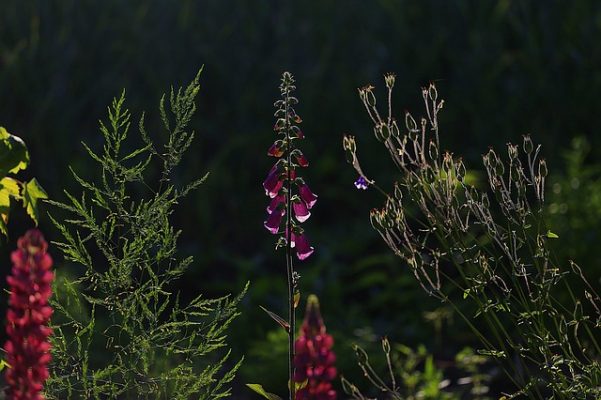










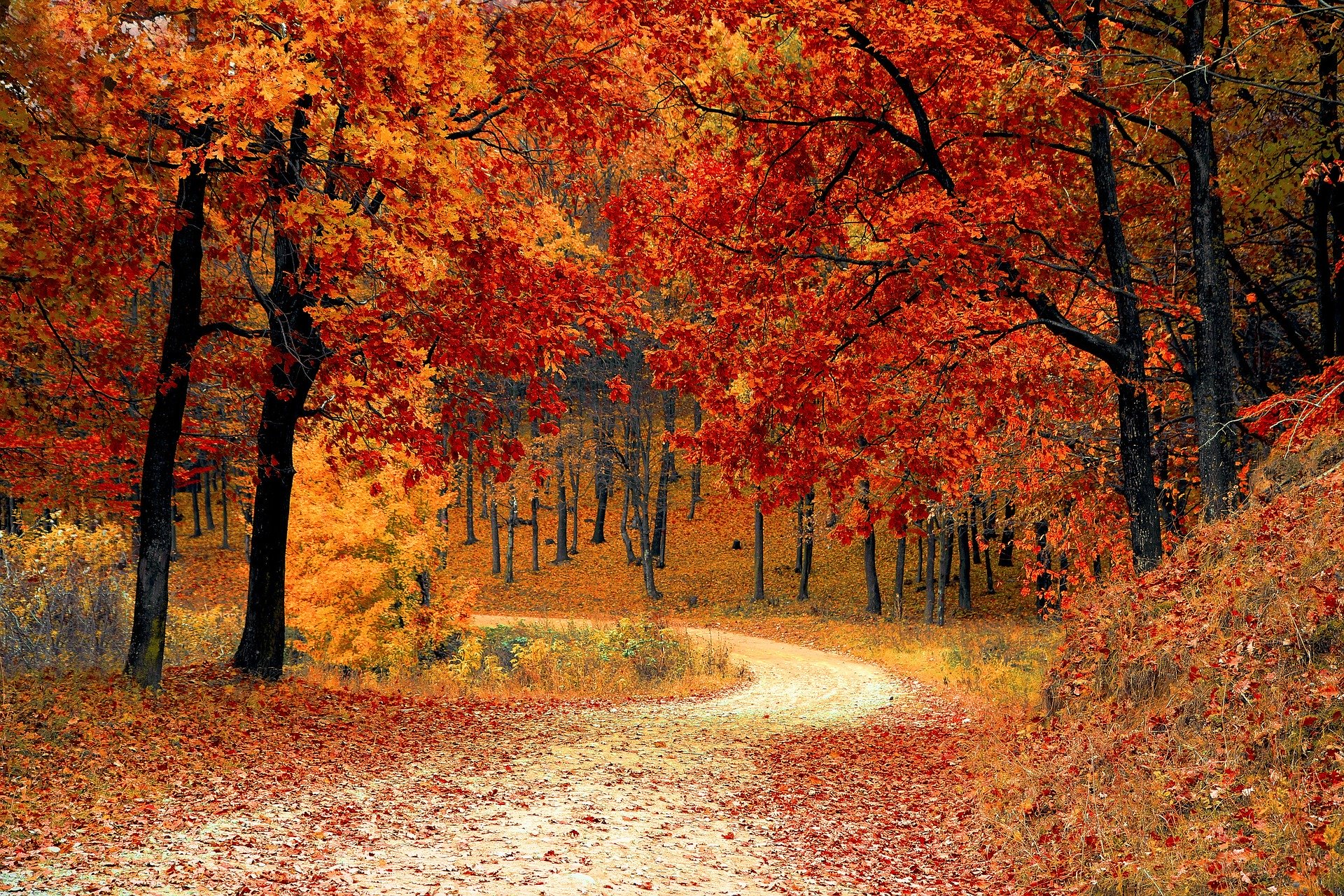
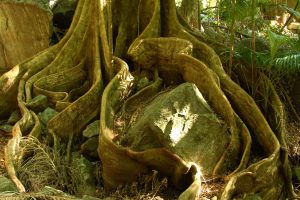

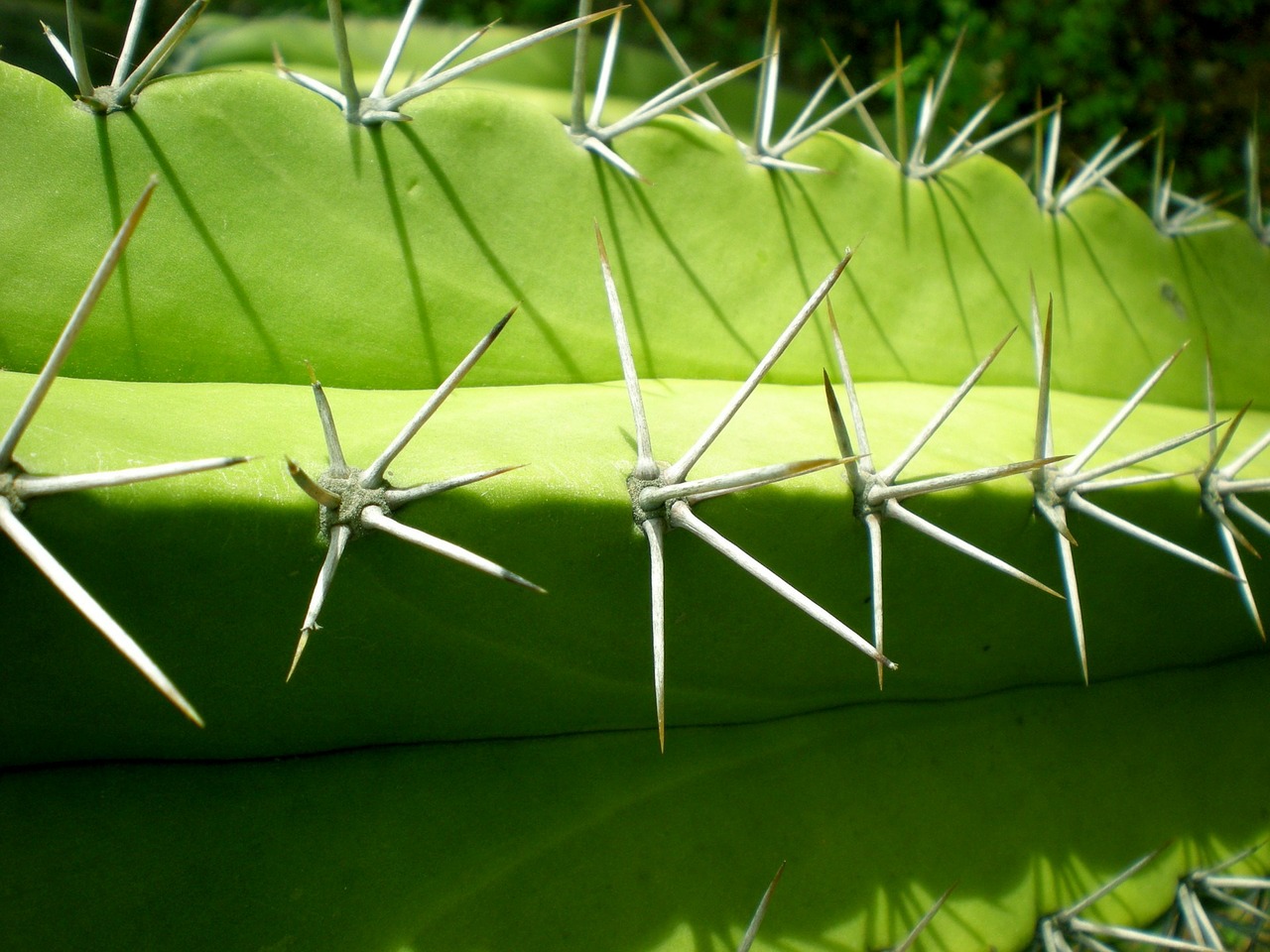
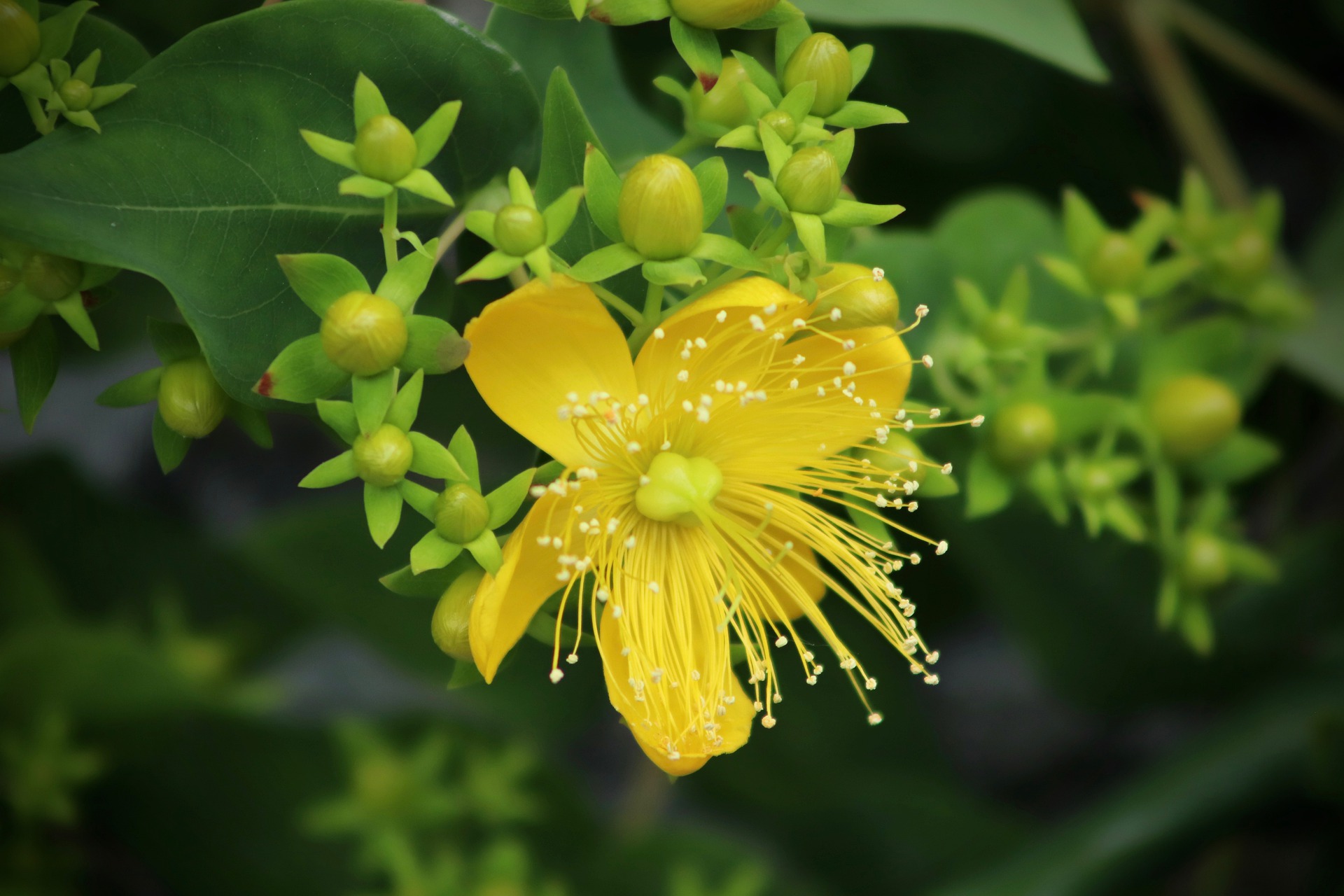
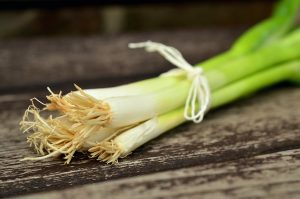
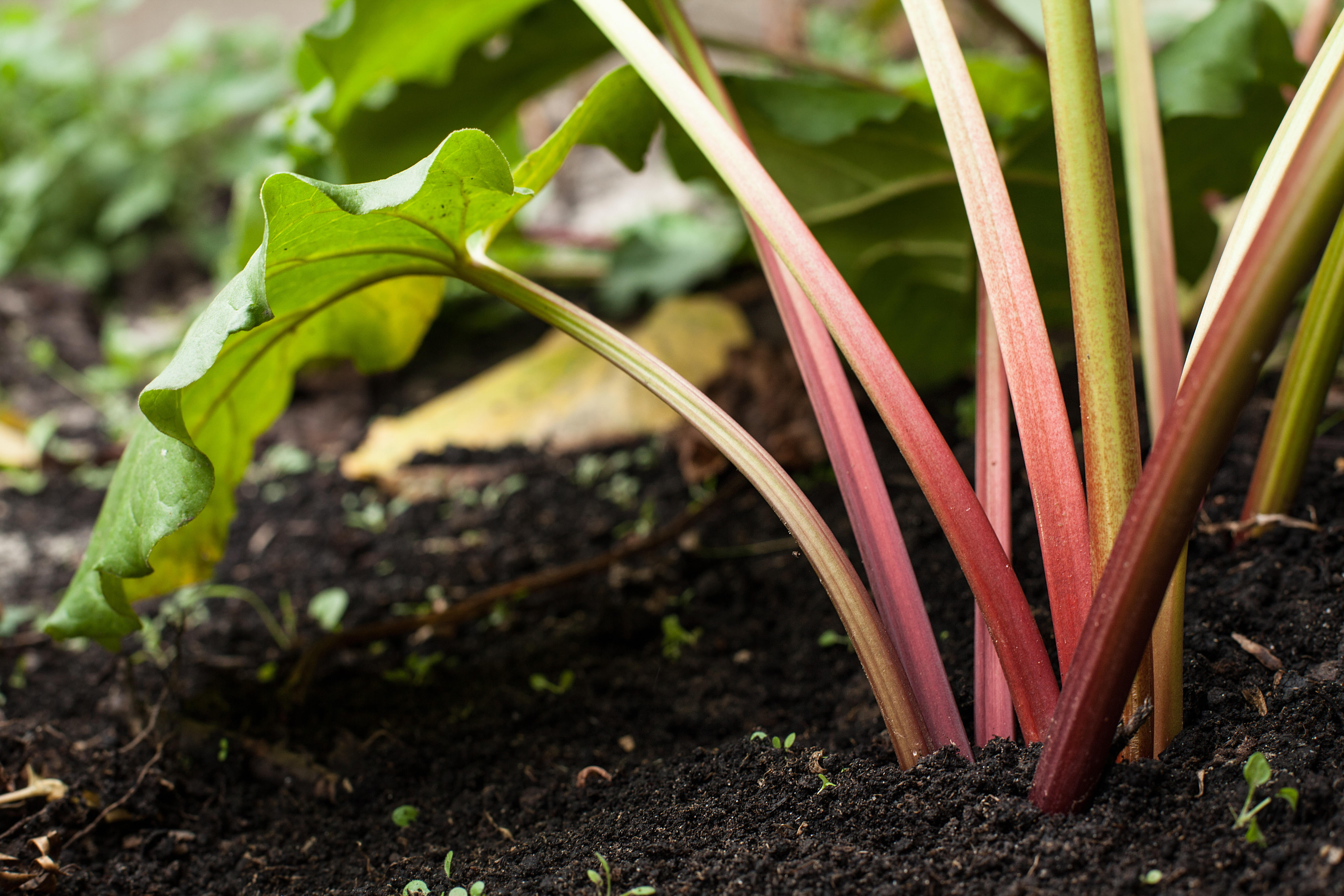
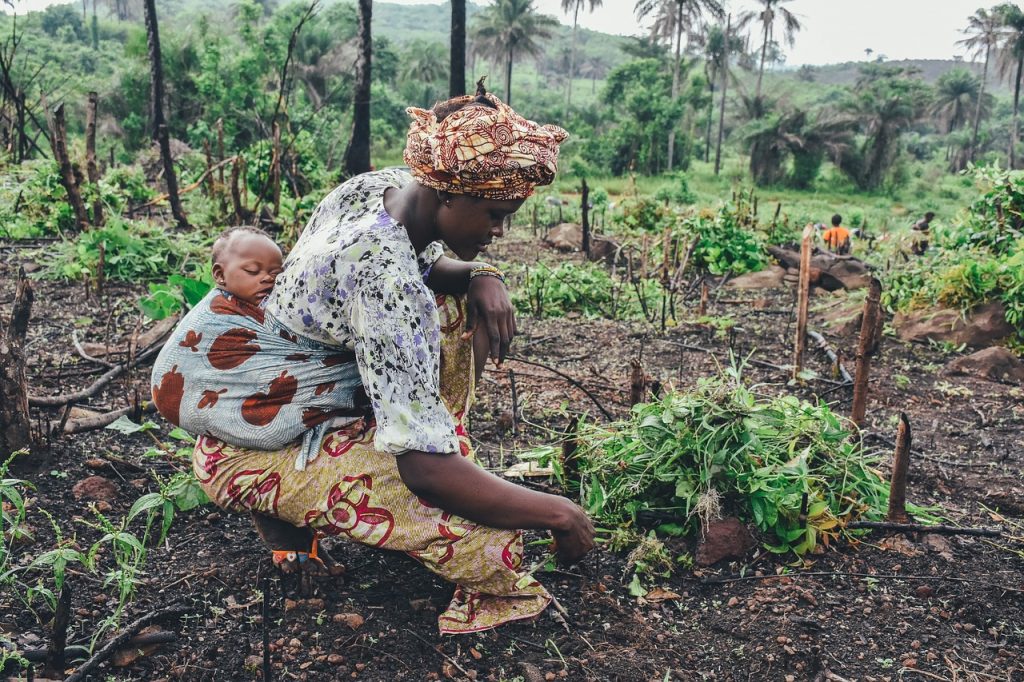
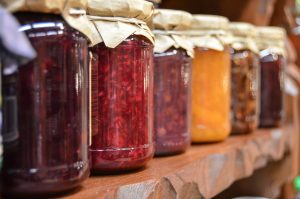
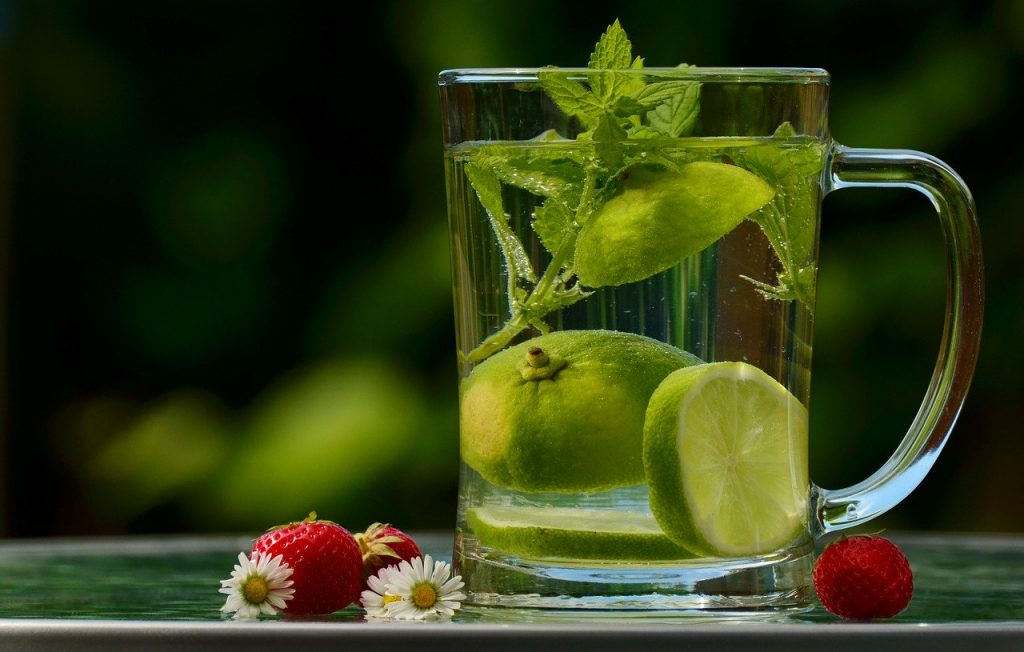
What is this plant?